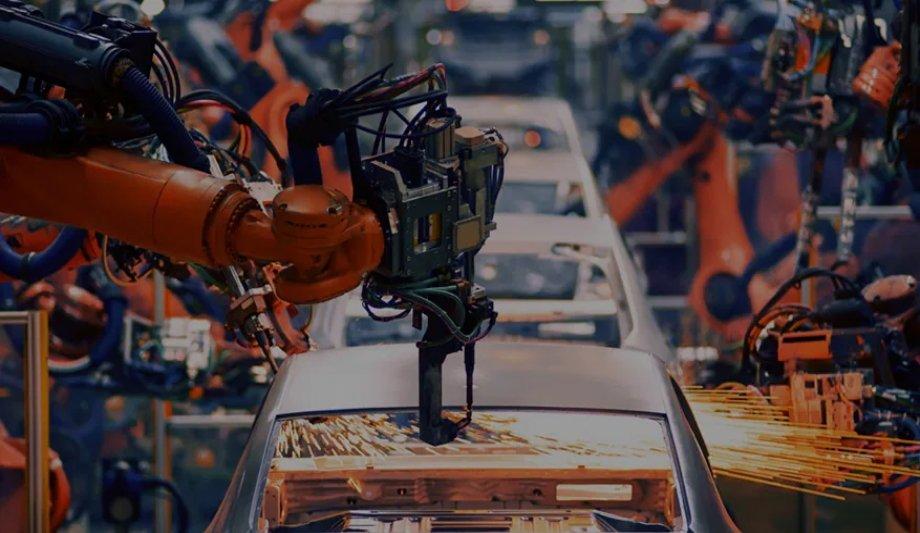The customer is a global technology leader who specialises in the design and manufacture of premium, light, medium, and heavy-duty vehicles. In addition to this, they also design and manufacture advanced diesel engines, provide financial services, information technology, and distribute truck parts related to their principal business.
They have 27,000+ employees globally and have group sales of $25B with an extensive dealers’ network in more than 2200 locations in +100 countries.
The challenge
The customer was facing limited connectivity, cargo damages, and operational costs The customer was facing limited connectivity to the rest of the countries in South America with an average lead time of 21 to 25 days per corridor. Along with this, their Labour and Facility was facing high operational costs with no tax benefits.
Cargo damages represented a high concern for the customer with no clear responsibilities between different players in the supply chain, customer personnel, or dealers.
The solution
After understanding the customer’s situation, Maersk suggested a Regional Distribution Centre located in Panama City. Maersk became their single partner to handle their ocean, air, courier, cross-border inland, and warehousing requirements.
Maersk offered claim’s management and vendor cargo inspections along with a 7,700-sqm fulfillment and distribution facility With an Origin Consolidation in Illinois and distribution from Panama into LAM destinations via OCE FCL, LCL, AIR, or cross border TRK, Maersk was able to replicate the customer’s existing WND capabilities and apply free trade agreements on behalf of them.
Maersk also offered them claim’s management and vendor cargo inspections along with a 7,700-sqm fulfillment and distribution facility shelf storage with a narrow aisle for bulk items and spare parts.
The result
The efforts made it possible for the customer to have their first outsourced warehouse for all their brands and eventually helped in reducing owned CAPEX, lead times, and distribution costs related to tax.
This bettered their proximity to the end customer and ability to react quickly to new orders. In addition to this, they experienced a reduction in TT and stock levels at the dealer side.
